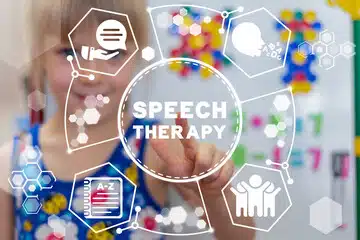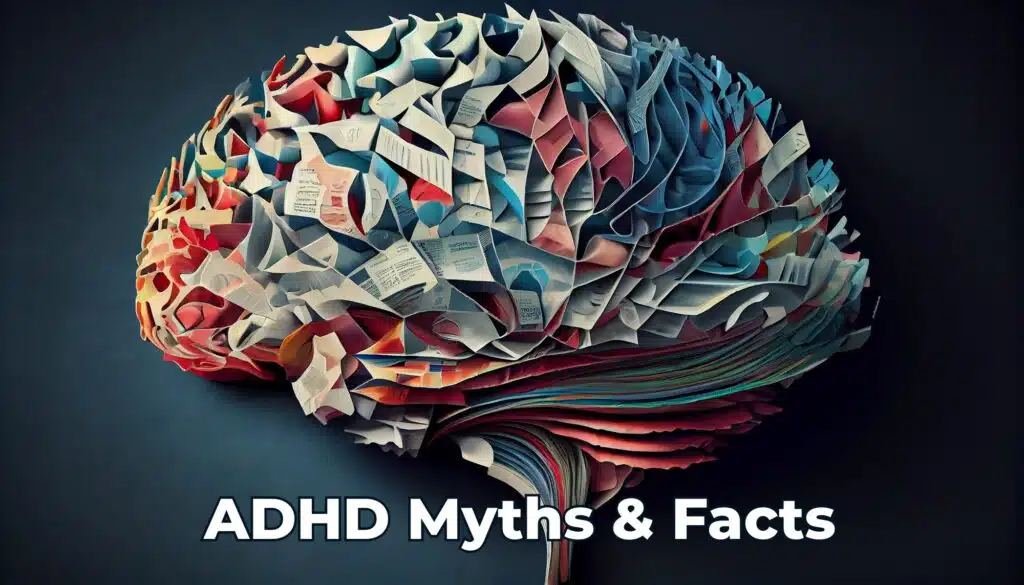Unlocking Healing: Understanding EMDR Therapy for PTSD and Trauma
Living with post-traumatic stress disorder (PTSD) or the lingering effects of trauma can feel like navigating through a never-ending storm. However, amidst the turbulence, there is a beacon of hope known as Eye Movement Desensitisation and Reprocessing (EMDR) therapy. Let’s embark on a journey to unravel what EMDR is and how it can offer solace to those grappling with traumatic experiences.
What is EMDR?
EMDR stands for Eye Movement Desensitisation and Reprocessing, a psychotherapy approach that harnesses the brain’s innate ability to heal itself. This therapy, conceptualised in 1987, aims to address distressing life events that have become lodged in the mind, hindering the natural processing of memories. By simulating the rapid eye movement (REM) sleep phase, during which the brain typically processes daily events, EMDR facilitates the reprocessing of traumatic memories, allowing individuals to gradually alleviate their distress.
Understanding Trauma
Traumatic events can cast a long shadow over our lives, manifesting as powerful and intrusive experiences that can disrupt our sense of safety and well-being. While “big-T traumas” like assault, accidents, or violence are often the first to come to mind, it’s essential to recognise the impact of “small-T traumas” as well. These can include interpersonal conflicts, relocations, or instances of emotional neglect, all of which can overwhelm our coping mechanisms and leave lasting imprints on our psyche.
The Impact of Trauma
When trauma strikes, our natural coping mechanisms can falter, leaving memories fragmented and emotions raw. These unprocessed memories linger in the brain’s limbic system, triggering distressing emotions and sensations whenever they’re triggered by external stimuli. This perpetual cycle of retraumatisation can impede our ability to engage with the present moment, hindering our capacity for growth and resilience.
Navigating Forward with EMDR
EMDR offers a path forward for those grappling with the aftermath of trauma. By facilitating the connection between memory networks in the brain, this therapy enables the gradual processing and integration of traumatic memories. Through EMDR, individuals can find relief from the relentless grip of past traumas, allowing them to reclaim agency over their narrative and reshape their perspective on the world, without having to recall the trauma in great detail.
Conclusion: Embracing Healing
In the realm of trauma and PTSD, EMDR emerges as a beacon of hope, offering a pathway towards healing and resilience. By harnessing the brain’s innate capacity for transformation, this therapy empowers individuals to confront their past traumas, release their hold on the present, and embrace a future imbued with newfound strength and vitality. As we continue to navigate the complexities of our inner landscapes, let us remember that healing is not merely a destination but a journey—one that EMDR helps illuminate with each passing step.
Did you know that several EduCare clinicians can provide EMDR Therapy?
Interested in EMDR? Not sure if EMDR is suitable for you? Ask our friendly team for more information



